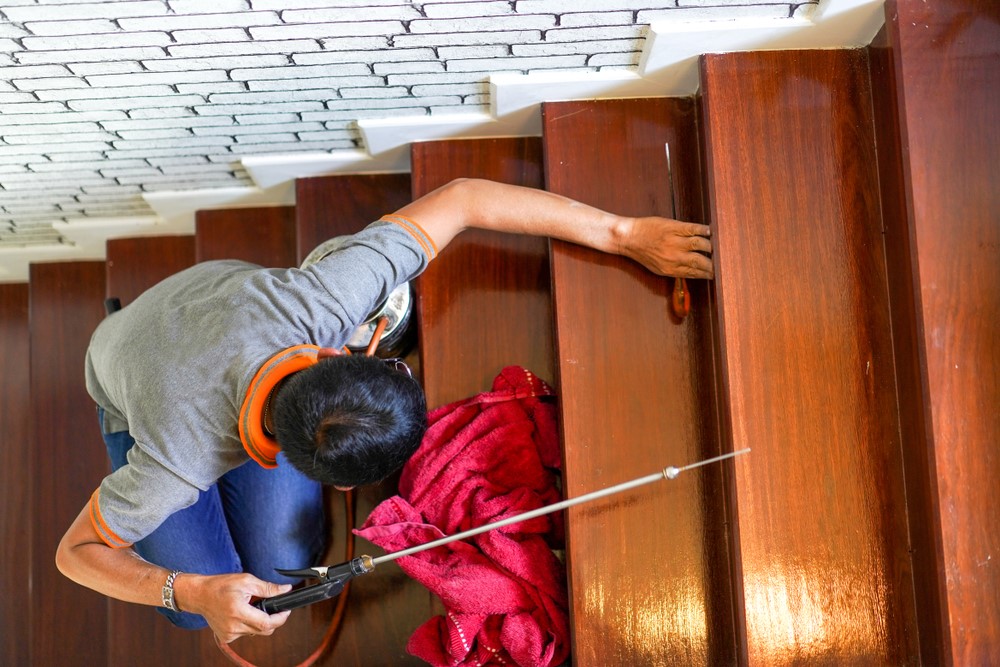
The Importance Of Termite Pest Inspection For Your Home Or Business: Features And Best Practices

The Importance of Termite Pest Inspection for Your Home or Business: Features and Best Practices
Termites are destructive pests that silently damage properties. This article emphasizes the importance of regular termite pest inspections to prevent infestations, protect your property, and avoid costly repairs. It explores key features and best practices for effective termite prevention and control.
Why is Termite Pest Inspection Important for Your Home or Business?
1. Early Detection: Termite pest inspections help in the early detection of termite activity. Detecting termites in the early stages allows for prompt treatment and minimizes the potential damage they can cause. Regular inspections can save you from extensive repairs and costly remediation measures.
2. Property Protection: Termites can cause severe damage to wooden structures, including foundations, walls, and furniture. Regular termite inspections provide an opportunity to identify vulnerable areas and implement preventive measures to protect your property. By addressing termite issues early on, you can safeguard the structural integrity of your home or business.
3. Cost Savings: Investing in regular termite inspections can potentially save you significant costs in the long run. Timely detection and treatment of termite infestations are far more cost-effective than dealing with extensive termite damage that requires extensive repairs and reconstruction.
Key Features of Termite Pest Inspection
1. Thorough Inspection: A comprehensive termite pest inspection involves a thorough examination of your property, both indoors and outdoors. Professional inspectors will assess common termite entry points, potential risk areas, and signs of termite activity, such as mud tubes, discarded wings, or damaged wood.
2. Use of Advanced Technology: Termite inspectors may employ advanced technology, such as moisture meters, infrared cameras, or acoustic devices, to detect termite activity in hidden or hard-to-reach areas. These tools enhance the accuracy and efficiency of termite inspections.
3. Inspection Report: After the inspection, a detailed inspection report is provided, outlining the findings, termite activity, areas of concern, and recommendations for treatment or preventive measures. This report serves as a valuable reference and helps in planning termite control strategies.
Best Practices for Termite Pest Inspection
1. Regular Inspections: Schedule regular termite pest inspections to ensure ongoing monitoring and prevention. The frequency of inspections may vary based on the location, climate, and history of termite activity in your area.
2. Professional Inspection: Engage professional pest control companies or licensed termite inspectors with expertise in termite detection and control. They have the knowledge, experience, and tools to conduct thorough inspections and provide effective treatment recommendations.
3. Integrated Pest Management: Adopt an integrated pest management approach, combining termite inspections with proactive preventive measures. This includes addressing moisture issues, removing wood debris, maintaining proper ventilation, and implementing termite barriers or treatments as necessary.
Conclusion
Regular termite pest inspections are essential for the protection and maintenance of your home or business. By detecting termite activity early, implementing preventive measures, and seeking professional assistance, you can prevent termite infestations, preserve the structural integrity of your property, and avoid costly repairs in the future.